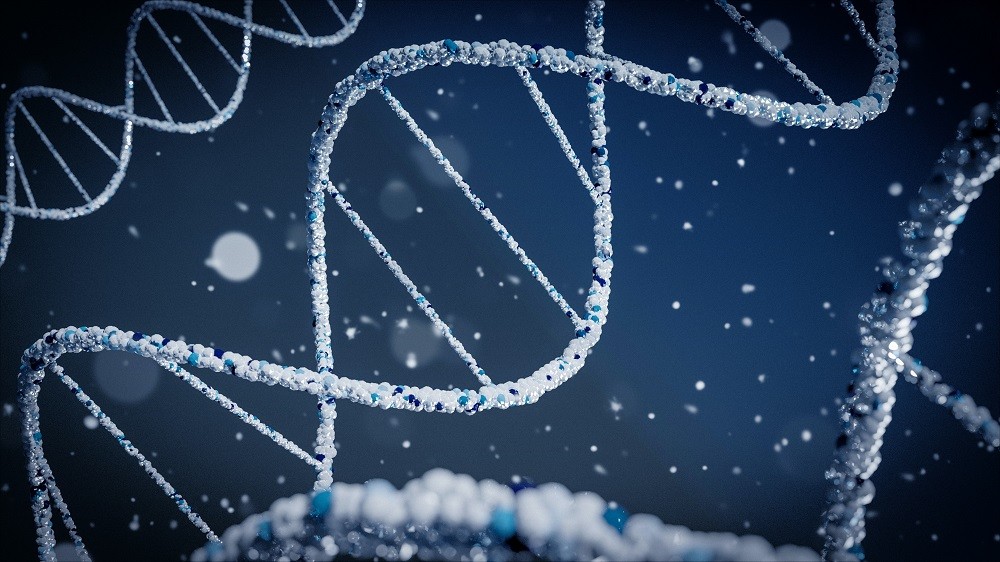Gene synthesis or artificial gene synthesis, as they are fondly interchanged, refers to a group of techniques utilized in synthetic biology to construct and assemble genes from nucleotides de novo. Gene synthesis is quite different from DNA synthesis, which takes place in living cells.
However, artificial gene synthesis does not require any base DNA prototype to construct new genes allowing almost any kind of DNA sample to be replicated in the laboratory irrespective of the size or sequence of the nucleotides. This makes it possible to copy and construct any gene sequence, whether naturally or not.
Artificial gene synthesis is the foundation of the fast-growing synthetic biology field. It has helped fast-track research in different medical research fields by providing vital advantages over more tedious traditional molecular cloning. Gene synthesis is necessary when template DNA samples are not readily available, like codon-optimized sequencing.
Furthermore, gene synthesis is a very cost-effective alternative to traditional molecular cloning techniques like recombining multiple DNA segments. This article highlights the top essential steps involved in gene synthesis.
1. Sequence Optimization and Oligo Design

The first step to a successful gene synthesis is selecting the gene of interest. Once you’ve isolated the gene, it’s time for sequencing; you’ll create the sequence you wish to synthesize. When designing the sequence, you should never forget the end application.
For example, codon optimization is fitting if you desire to maximize heterologous protein expression levels. On the contrary, this process isn’t entirely appropriate if your goal is to study the homeostasis of gene expression.
For constructs containing multiple segments, ensure that your potential reading frame remains constant throughout the coding region. You can also add short flanking sequences to enhance recombination via restriction enzymes or related tools. Also, ensure that your sequence does not contain restriction enzyme recognition sites or other anomalies that might impede your workflow.
Scientists often utilize DNA Works, Gene2Oligo, TMPrime for oligo design and sequence optimization. Once you’ve selected the sequence to synthesize, divide the gene into smaller units to ease the process of assembly.
2. Oligo Synthesis
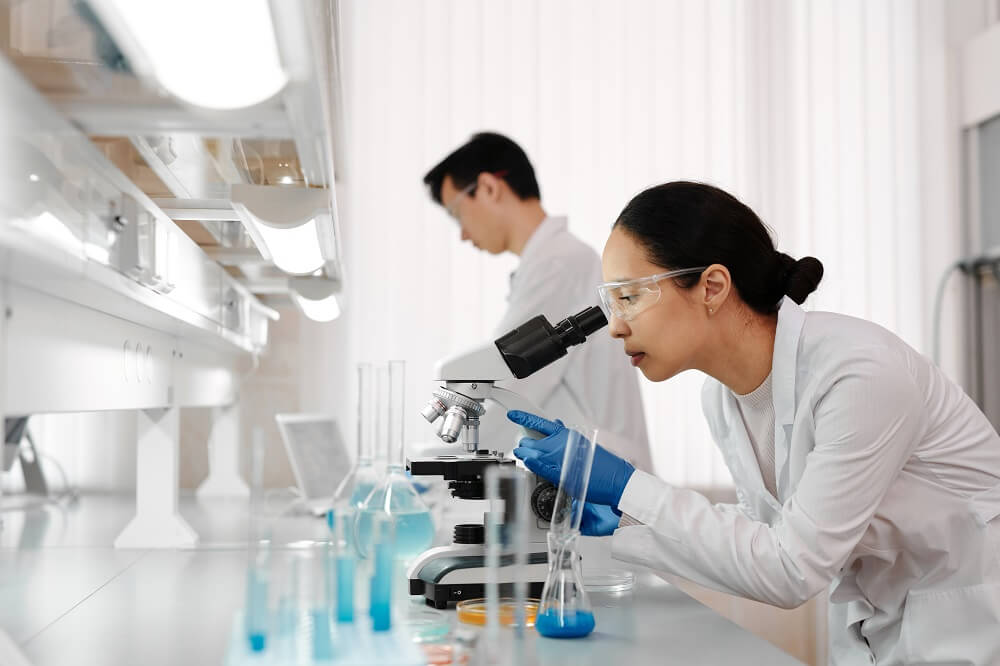
Every DNA synthesis conducted today starts with nucleotide monomers via phosphoramidite chemistry, thereby forming short oligonucleotides. Oligo synthesis via phosphoramidite is essential in gene synthesis because it ensures that nucleotides are assembled the right way and prevents growing strands from participating in unwanted reactions during synthesis.
Scientists attach the phosphoramidite group to the 3′ O containing a methylated phosphite and di-isopropylamine to prevent unnecessary branching. Until oligonucleotide synthesis is complete, methyl groups are attached to the phosphate and amino-acids to the bases to prevent unwanted reactions. The phosphoramidite reaction process is divided into four cycles:
Deprotection: This process involves the removal of DMT by washing with a mild acid like trichloroacetic acid, thereby exposing the 5′ O for reactions.
Coupling: At this stage, the 3′ O of the second nucleotide is bonded with the 5′ O of the first nucleotide.
Capping: Capping involves acetylating the 5′ OH of unbonded nucleotides to prevent growth later of an incorrect sequence.
Oxidation: At this stage, iodine is added to convert the phosphate triester bond into the phosphodiester bond that constructs the backbone of DNA.
Scientists usually carry out these four steps with a lab column or a specialized synthesizer.
3. Gene Assembly
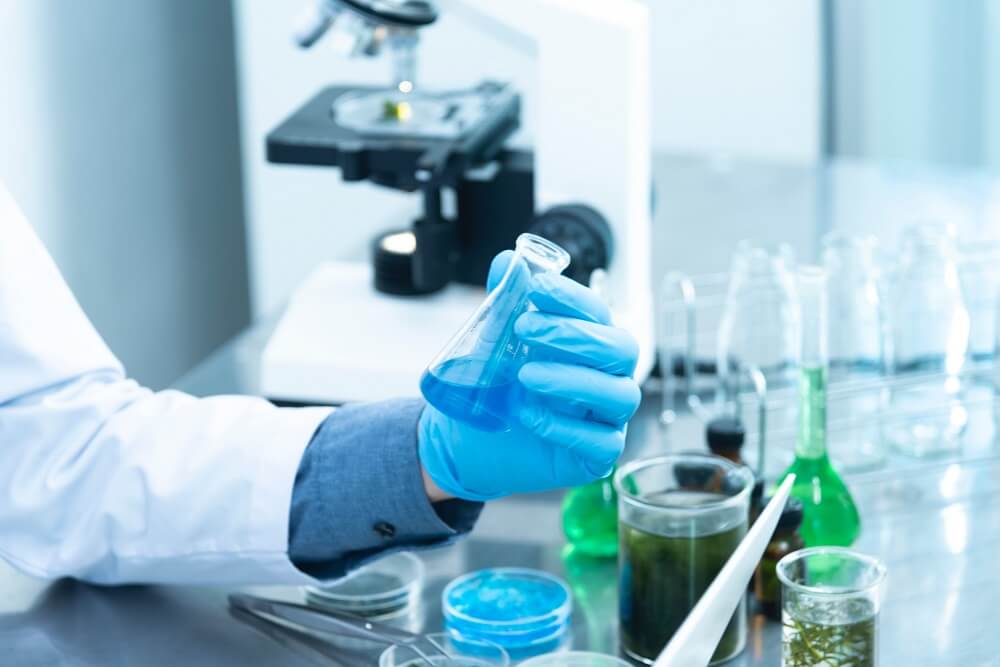
Over the decades, scientists have developed and successfully used numerous methods for assembling oligos into complete genes or larger genome building blocks. However, the effectiveness of the gene assembly depends heavily on the length of the sequence to be combined.
Polymerase-based in vitro assembly methods can be used for up to 1kb short sequences. On the other hand, longer sequences require in vivo recombination-based methods. For the assembly to be accurate, high-fidelity enzymes like ligase or DNA-polymerase are required. The most common methods for gene assembly are:
- Ligase Chain Reaction:
- Polymerase Chain Assembly:
- In-Vivo Homologous Recombination in Yeast
- Sequence and Ligation Independent Cloning
4. Sequence Verification and Error Correction
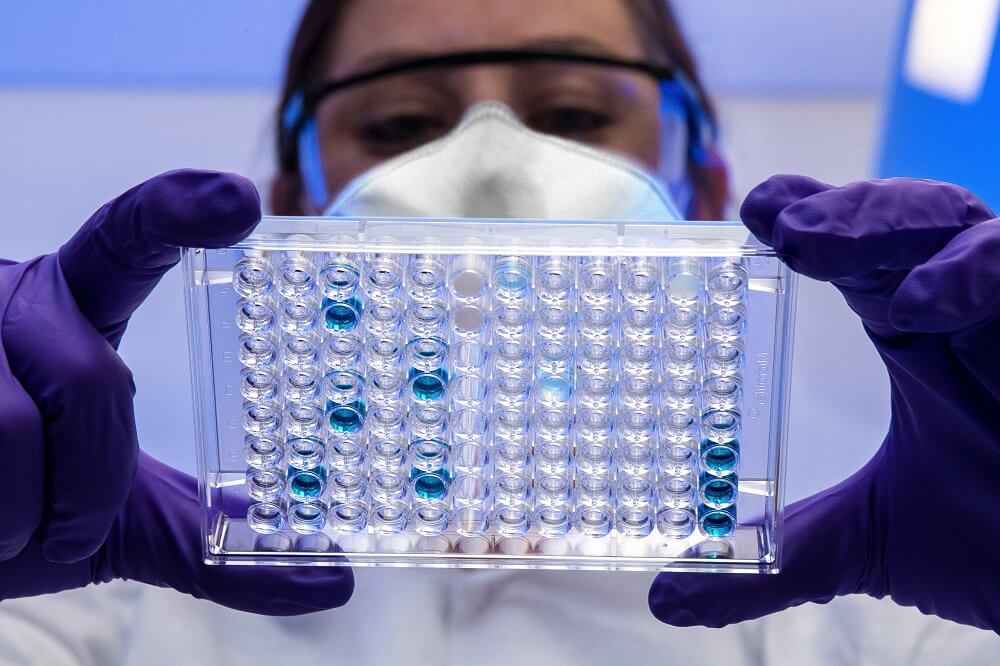
The sequences must be verified appropriately before any synthetic gene sequence is applied. This results from the inevitable potential for error in each synthesis step. This step helps in identifying and removing mutations that have been created during the process of synthesis. Some common anomalies with gene synthesis are internal insertions, deletions, and premature termination.
Improper annealing during oligo assembly may introduce heterogeneity in the final pool of the synthetic gene products. One of the simplest sequence verification methods is closing newly synthesized sequences into a plasmid vector. Plasmid DNA can be increased to create a homogenous pool with the correct sequence.
If the correct sequence cannot be obtained from the pool of synthesized DNA, the following methods can be used for detecting and correcting errors: Stringent hybridization, Intense purification using electrophoresis, mismatch binding, etc.
5. Preparation of Synthetic DNA for Mainstream Application
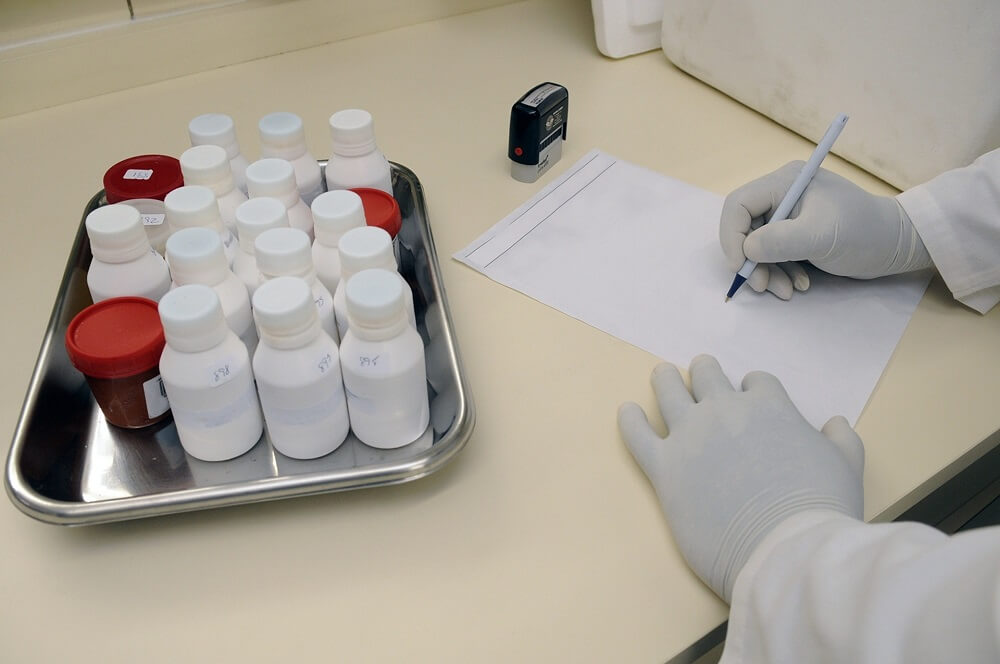
This is the final step involved in gene synthesis. At this stage, the synthetic DNA is made ready for real-world application. For synthetic DNA to be ready for user application, Cloning, Propagation, and Biosafety need to be done.
Scientists clone synthetic genes into a plasmid or viral vector that restricts enzyme sites. After cloning, they propagate the synthetic DNA to identify the ideal bacterial host compatible with the synthetic gene.
Finally, they conduct biosafety. Relevant regulatory bodies receive reports, evidence, experiments results and determine whether the product is suitable for the world population.
Conclusion
Gene synthesis is a very beneficial process if done correctly. Gene synthesis is cost-effective and is relatively faster than traditional cloning. These five steps will guide you throughout the process. However, if you wish to create artificial genes, consult industry experts to ensure that you follow the right step in the most precise order.

